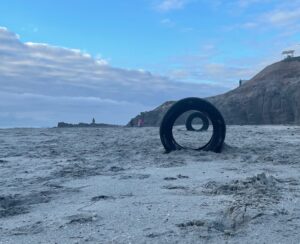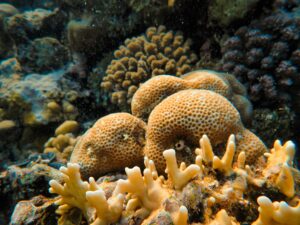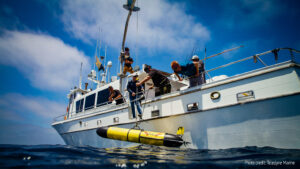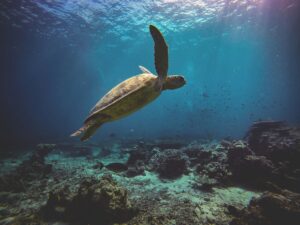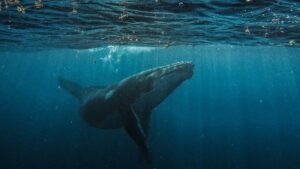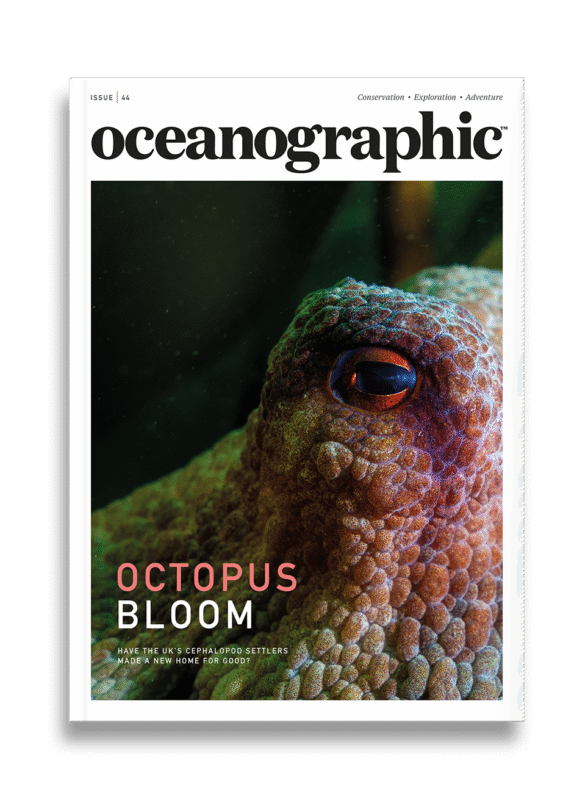Wild animals officially recognised as solutions to climate change
In a significant breakthrough for conservation and climate policy, a new resolution passed yesterday at the IUCN World Conservation Congress has formally recognised the role of wild animals as critical enablers of natural solutions to climate change.
In a significant breakthrough for conservation and climate policy, a new resolution passed yesterday at the IUCN World Conservation Congress has formally recognised the role of wild animals as critical enablers of natural solutions to climate change.
The decision marks a turning point in how the international community views wildlife – not just as species in need of protection, but as vital agents of planetary resilience.
The resolution, championed by the International Fund for Animal Welfare (IFAW), with key support from the Born Free Foundation and other animal welfare organisations, draws on growing scientific evidence that wild animals play an essential role in maintaining carbon-rich ecosystems.
“Wild animals are under-appreciated climate heroes,” said Matt Collis, senior director of policy at IFAW. “The ecosystems we rely on as natural carbon sinks work best with thriving animal populations. As lead proponent of this resolution, IFAW is delighted to see it adopted by IUCN Members at the Congress.”
The resolution calls on IUCN’s Director General to advocate for the inclusion of wild animals in international climate frameworks such as the UNFCCC, Convention on Biological Diversity (CBD), and the Convention on Migratory Species (CMS). It also recommends the integration of this emerging science into key intergovernmental processes, including the IPCC and IPBES assessments.
In addition, the IUCN Climate Crisis Commission has been tasked with developing recommendations on how this evidence can be embedded into relevant policy frameworks. Government Agency Members are urged to align their national climate and biodiversity strategies by recognising the climate mitigation potential of healthy wild animal populations in their Nationally Determined Contributions (NDCs) and Biodiversity Action Plans.
The decision follows mounting evidence that wild animals are not just passengers in climate discussions but are powerful actors. From elephants dispersing the seeds of carbon-dense trees, to whales enhancing oceanic carbon pumps, wild animals shape the health and carbon-storage capacity of ecosystems across land and sea.
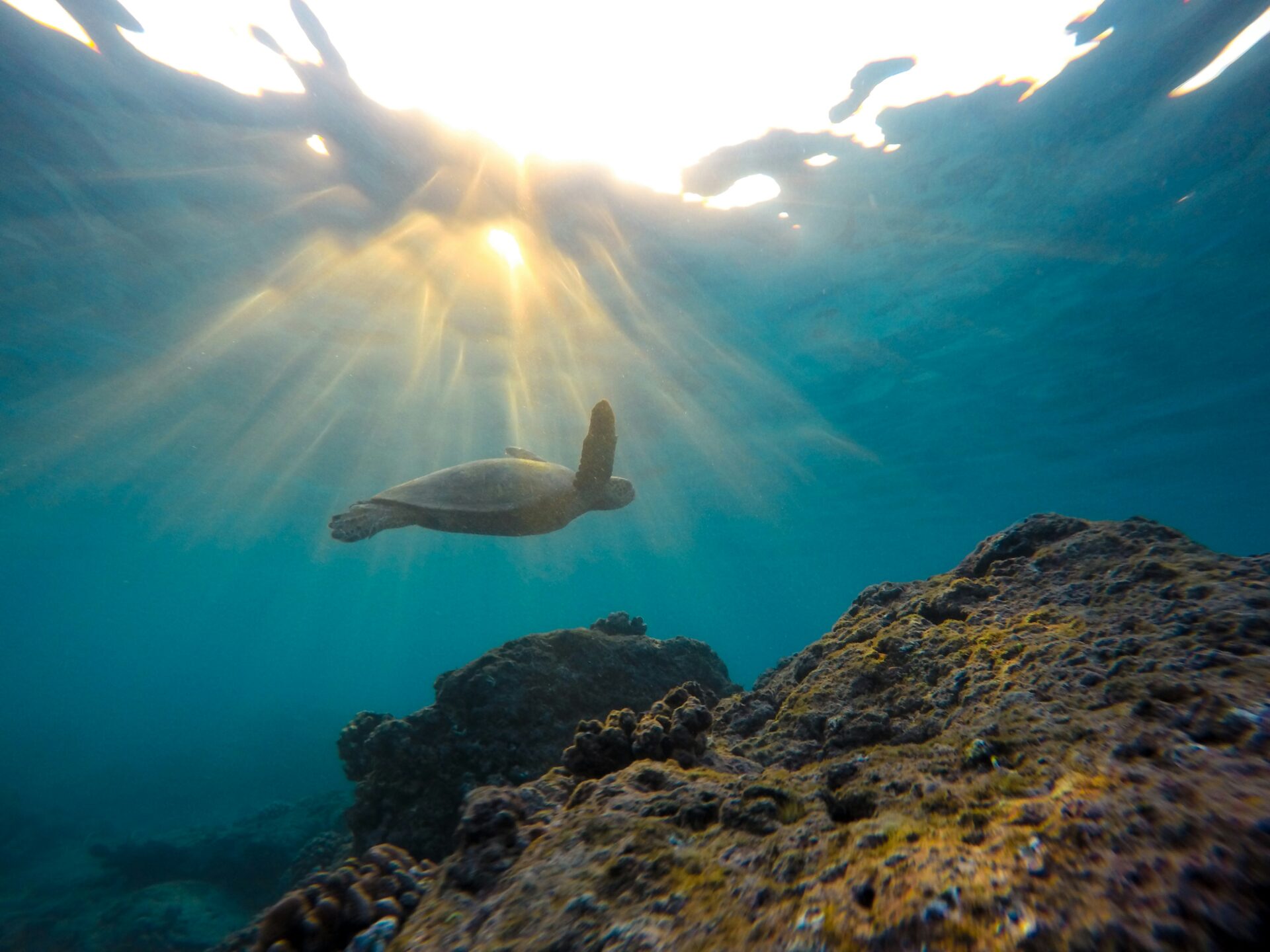
Recent research suggests that forests with healthy animal populations store up to four times more carbon than those without.
“From fish in the open ocean transporting carbon to the deep sea, to grazing bison encouraging nutrient recycling, wild animals are essential climate allies,” said Ed Goodall, climate policy specialist at WFA. “Their contributions are not just ecological – they’re climate-critical.”
This resolution builds on momentum from the launch of the Animals 4 Climate tool at COP29 in Baku, developed by the Wildlife-Friendly Alliance (WFA). The digital platform offers policymakers science-based guidance to integrate wild animal protection into domestic climate and biodiversity strategies, showcasing global examples where animal conservation has delivered climate benefits.
As the world inches closer to climate tipping points, this resolution sends a powerful message: that protecting and restoring wild animal populations is not only a moral imperative but a strategic necessity in the fight against climate change.
“Wild animals are a missing link in our climate strategy,” said Goodall. “This resolution marks a vital step forward in acknowledging their role and building the policies we need to secure a more resilient future – for people, and for the planet.”


"*" indicates required fields
Printed editions
Current issue
Back issues
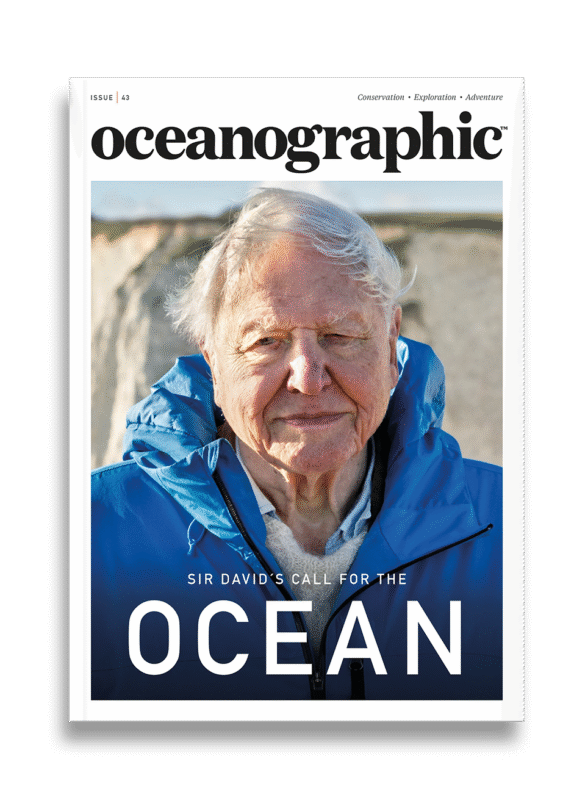
Back Issues
Issue 43 Sir David Attenborough’s ‘Ocean’

Back Issues
Issue 41 Holdfast to the canopy
Enjoy so much more from Oceanographic Magazine by becoming a subscriber.
A range of subscription options are available.

